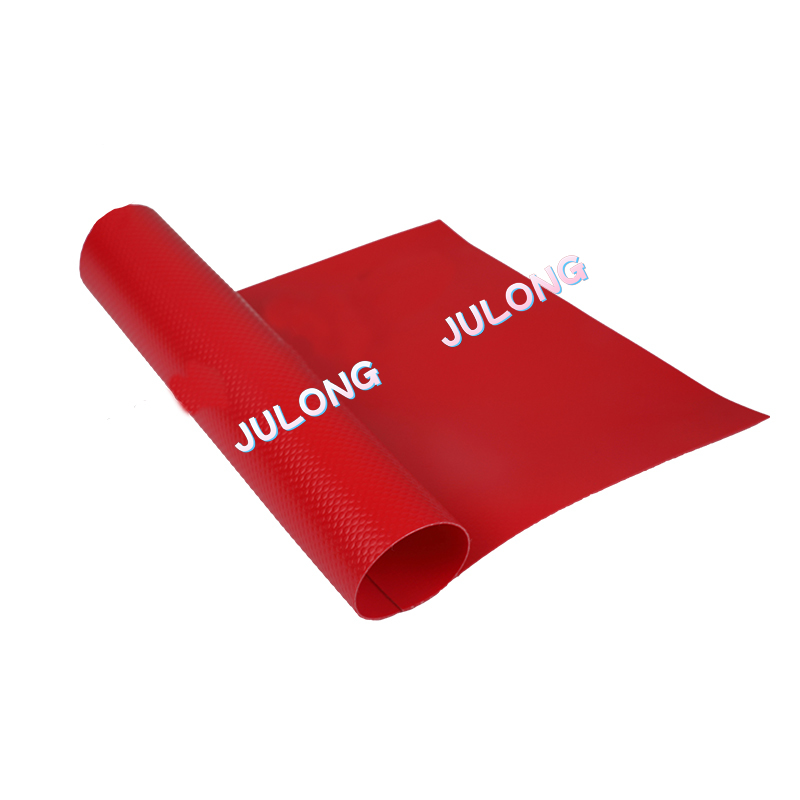PVC (Polyvinyl Chloride) tarpaulin material is widely used for outdoor applications where exposure to sunlight (UV radiation) and varying weather conditions is a concern. Its performance in terms of UV resistance and weatherability depends on several factors:
UV Resistance
UV Stabilizers:
PVC tarpaulin materials often incorporate UV stabilizers during manufacturing to enhance resistance to UV radiation.
These additives help prevent degradation of the PVC polymer chain and reduce color fading or loss of mechanical properties over time.
Long-term Exposure:
PVC tarpaulins are designed to withstand prolonged exposure to sunlight without significant degradation.
The effectiveness of UV resistance can vary based on the quality of the UV stabilizers used and the thickness of the PVC coating.
Application Considerations:

Different grades of PVC tarpaulin may offer varying levels of UV resistance, suitable for specific outdoor applications such as truck covers, tents, awnings, and outdoor furniture covers.
Manufacturers often specify the expected lifespan of the material under outdoor exposure conditions, considering factors like geographic location and climate.
Weatherability
Resistance to Environmental Factors:
PVC tarpaulin materials are generally resistant to various environmental factors such as rain, wind, temperature fluctuations, and pollutants.
They maintain their physical properties and functionality over a wide range of temperatures, typically from -30°C to 70°C (-22°F to 158°F).
Flexibility and Durability:
PVC tarpaulins exhibit good flexibility, allowing them to withstand bending and folding without cracking or breaking, even in cold temperatures.
This flexibility contributes to their durability and ability to endure handling during installation and use.
Water Resistance:
PVC tarpaulin materials are inherently waterproof, providing effective protection against rain and moisture infiltration.
Seams and edges may be reinforced or welded to enhance water resistance and prevent leaks.


 English
English عربى
عربى







